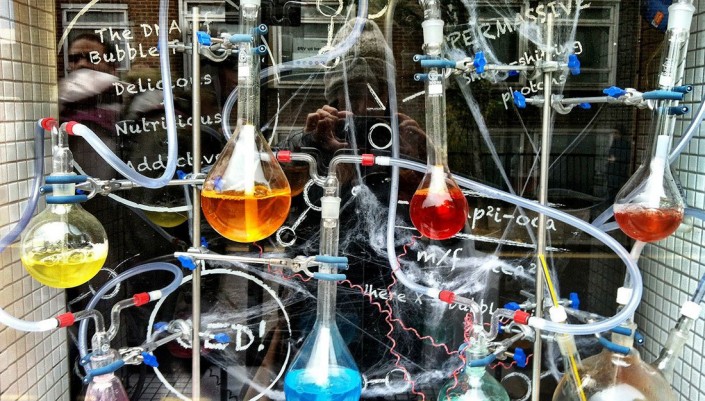New process uses cheap iron instead of rare elements in drug production

Image: Texas A&M Health Science Center
Synthetic chemistry relies on gold, palladium and other rare molecules to activate the chemical bond necessary to produce everything from plastics to pharmaceuticals. A faculty-researcher at the Texas A&M Health Science Center School of Public Health thinks he’s discovered a better and less expensive approach.
Virender K. Sharma, a professor in the Department of Environmental and Occupational Health, specializes in environmental chemistry. His particular interest is in ferrate, a type of “supercharged” iron that has lost four or more of its electrons.
Instead of using expensive elements like gold or palladium, manufacturers could use iron, which is one of the most abundant and inexpensive elements on the planet. Ferrate-based manufacturing would also generate far less waste.
“When you synthesize any organic molecules for industry, carbon-hydrogen bonds need to be activated,” Sharma said. “Gold and palladium both activate this bond, but these are both very expensive—palladium is about $15 per gram—and of a limited supply, so we need to go with simple molecules like iron, and we have breakthrough research in order to figure out how to make ferrate do the same thing.”
Iron costs about .02 cents per gram.
Sharma’s technology recently received a patent.

